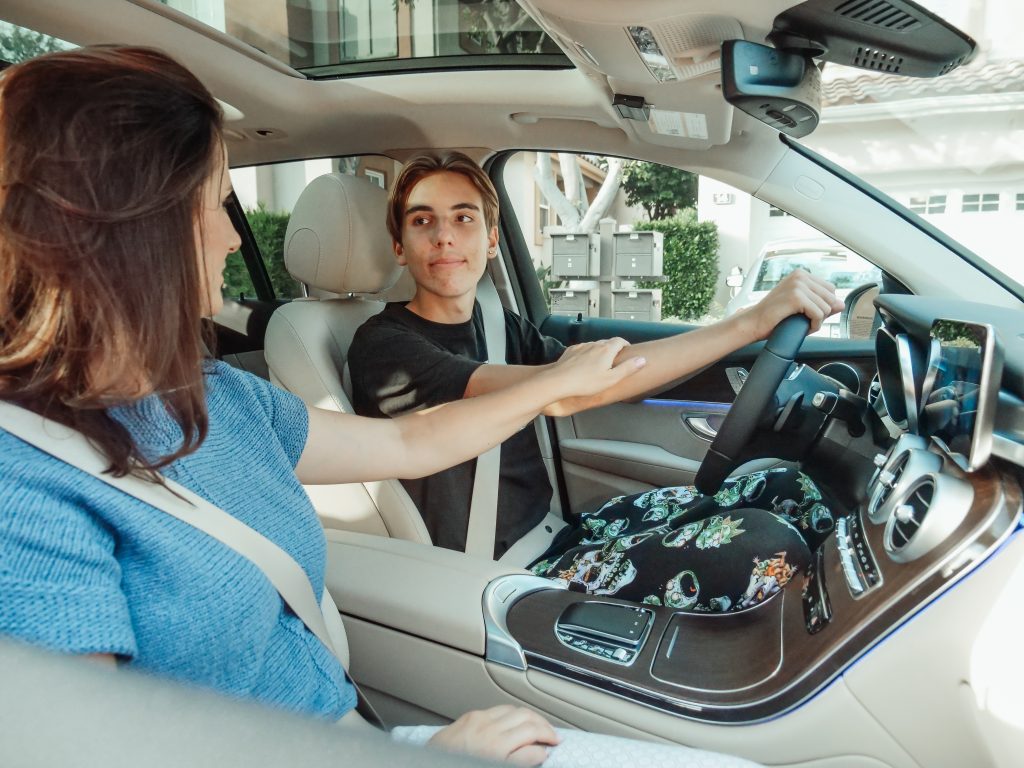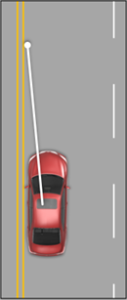Lesson One: Parent/Student Orientation (10.1)
Partners in Learning
 You are the strongest influence on the way your teen drives. To develop low risk driving habits, teens need formal Driver Education, great role models, and guided practice over an extended period of time. Our mutual goal is to help students develop space management habits that will last them a lifetime. Be sure you and your teen are familiar with the requirements of your driver education course. Contact the program coordinator or instructor if you have questions or concerns of any kind.
You are the strongest influence on the way your teen drives. To develop low risk driving habits, teens need formal Driver Education, great role models, and guided practice over an extended period of time. Our mutual goal is to help students develop space management habits that will last them a lifetime. Be sure you and your teen are familiar with the requirements of your driver education course. Contact the program coordinator or instructor if you have questions or concerns of any kind.
It’s About Life, Not a License
 Novice driver inexperience, distractions, excessive speed, low use of safety belts, use of alcohol and drugs, a natural attraction to risk, and teens’ “it won’t happen to me” attitude contribute to high teen crash rates. The area of the brain that regulates judgment and reasoning isn’t fully developed until age 25; teens are far more likely to underestimate dangerous situations.
Novice driver inexperience, distractions, excessive speed, low use of safety belts, use of alcohol and drugs, a natural attraction to risk, and teens’ “it won’t happen to me” attitude contribute to high teen crash rates. The area of the brain that regulates judgment and reasoning isn’t fully developed until age 25; teens are far more likely to underestimate dangerous situations.
Driving Styles by Design
A low‐risk style of driving is a learned behavior. There are a variety of new laws, terms, and techniques you need to be aware of ‐ too many to cover in one meeting, but we have time to go over a few now. This classroom Playbook and other resources you’ve been provided will come in handy later.
It can be difficult to sit on the passenger side of a vehicle with a teen in the driver seat. Judging where the vehicle is in relation to the roadway is different from the passenger side. Knowing how to guide your novice driver to be successful can be a challenge
 First Drive
First Drive
Parents and Mentors: Five hours of parent or guardian guided practice is required
Guided practice is supervised performance of specific behaviors and maneuvers in areas appropriate for the skills being performed and the ability of the student. Guided practice is an extension of classroom and in‐car lessons. Good driving habits are developed only if behaviors are practiced correctly and repeatedly over an extended period of time
 Parent-Student Orientation
Parent-Student Orientation
Vehicle Placement
A Reference Point is a place on the car that you see in relationship to a place on the ground, and they work in all types of vehicles. Some of the benefits: they help you maneuver in tight spaces, know exactly where the vehicle is located within the width of a lane, and they show where the front and rear of the vehicle are
| Right Side Position = 3-6 inches away from the bottom of the curb
Driver’s view: Center of the hood Passenger’s view: About one foot inside the right-front corner of the hood |
Left Side Position = 3-6 inches away from the bottom of the curb
Driver’s view: About one foot inside the left-front corner of the hood Passenger’s view: Center of the hood |
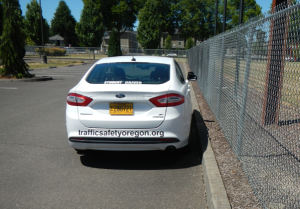 |
 |
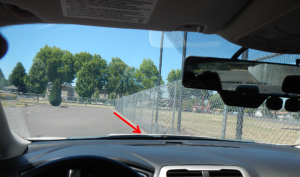 |
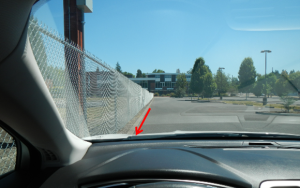 |
| Driver Passenger
|
Driver Passenger
|
A point on the vehicle, viewed from the driver’s seat that relates to some part of the roadway.
